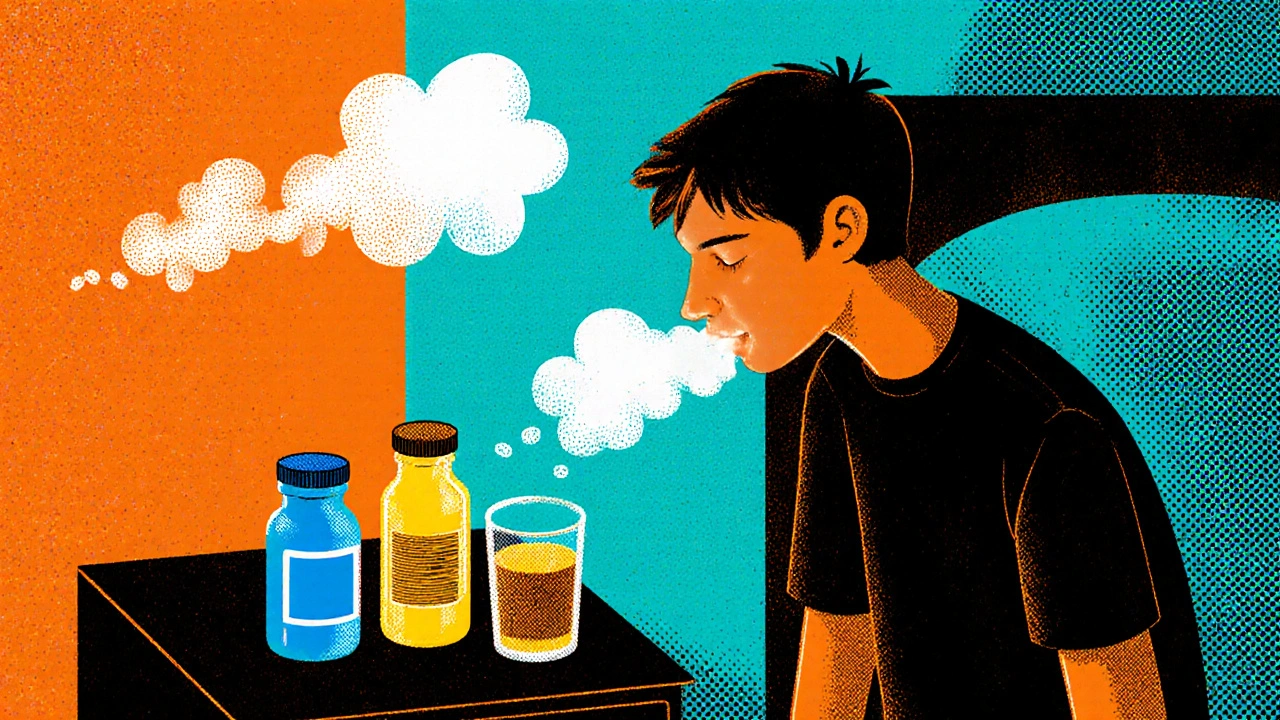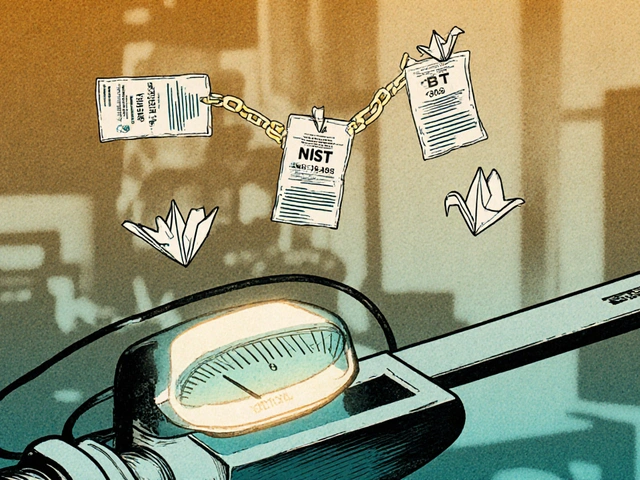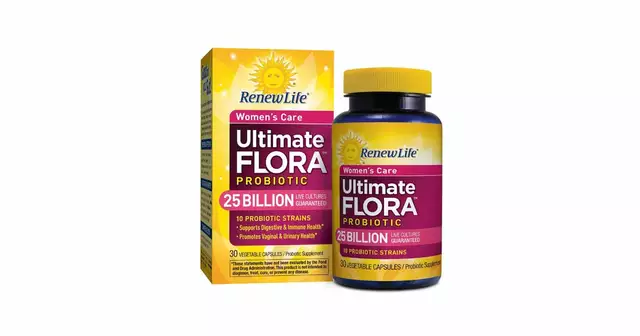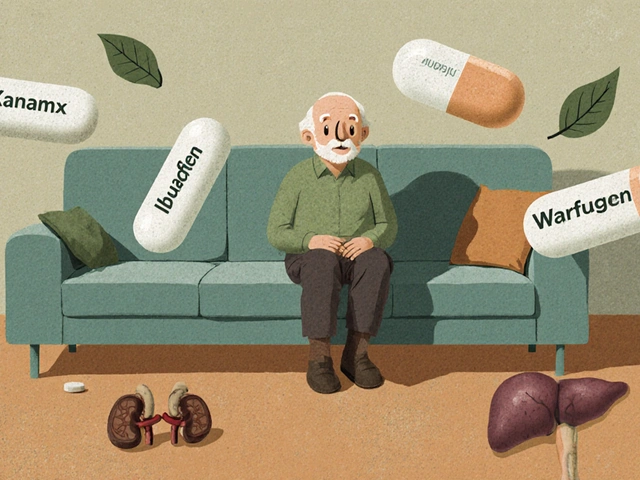Sedative Drug Interactions: Risks, Common Mixes, and What to Avoid
When you take a sedative drug, a medication that slows down brain activity to reduce anxiety, induce sleep, or relax muscles. Also known as CNS depressants, it can be safe on its own—but mixing it with other substances can turn a simple prescription into a life-threatening situation. These drugs include benzodiazepines like diazepam, sleep aids like zolpidem, barbiturates, and even some antihistamines. They all work by boosting GABA, a brain chemical that calms nerve activity. But when another drug does the same thing—or blocks how your body clears the sedative—the result isn’t just stronger drowsiness. It’s stopped breathing.
One of the most dangerous mixes is alcohol and sedatives, a combination that multiplies the depressant effect on your central nervous system. People think a glass of wine with a sleeping pill is harmless. It’s not. Studies show this mix is behind nearly 30% of accidental overdose deaths involving sedatives. Even worse, some people combine sedatives with opioid painkillers, muscle relaxants, or certain antidepressants. Each of these CNS depressants, drugs that slow down brain signals and bodily functions adds another layer of risk. Your liver can’t keep up. Your lungs forget to breathe. Your heart slows too much. It’s not a theory—it’s a hospital visit waiting to happen.
It’s not just about what you take on purpose. Over-the-counter cold meds, herbal sleep aids like valerian or kava, and even some supplements can act like sedatives. You might not realize you’re adding to the pile. And older adults? They’re at higher risk because their bodies process these drugs slower. A dose that was fine at 40 becomes dangerous at 70. If you’re on more than one medication, especially for anxiety, sleep, or chronic pain, talk to your doctor or pharmacist. Don’t assume it’s safe because it’s "natural" or "over-the-counter."
There’s no magic checklist that covers every possible interaction, but the pattern is clear: if a drug makes you drowsy, don’t stack it with another that does the same. Keep a list of everything you take—prescription, OTC, supplements—and bring it to every appointment. Ask: "Could this make me too sleepy?" or "Could this stop my breathing?" Those questions save lives.
Below, you’ll find real-world comparisons and safety guides that show exactly which drugs mix dangerously with sedatives, how to spot early warning signs, and what alternatives might work without the risk. These aren’t theoretical warnings—they’re based on actual cases, patient reports, and clinical data. You’re not alone in this. But you need to be informed.

- Oct 25, 2025
- Posted by Cillian Osterfield
Dangers of Mixing Sedatives: How CNS Depression Can Be Fatal
Learn why mixing sedatives like opioids, benzodiazepines, alcohol, and sleep meds can cause deadly CNS depression and how to avoid it.
Categories
- Health and Wellness (57)
- Medications (38)
- Health and Medicine (22)
- Pharmacy Services (10)
- Mental Health (5)
- Health and Career (2)
- Medical Research (2)
- Business and Finance (2)
- Health Information (1)
Latest Posts
©2025 heydoctor.su. All rights reserved





